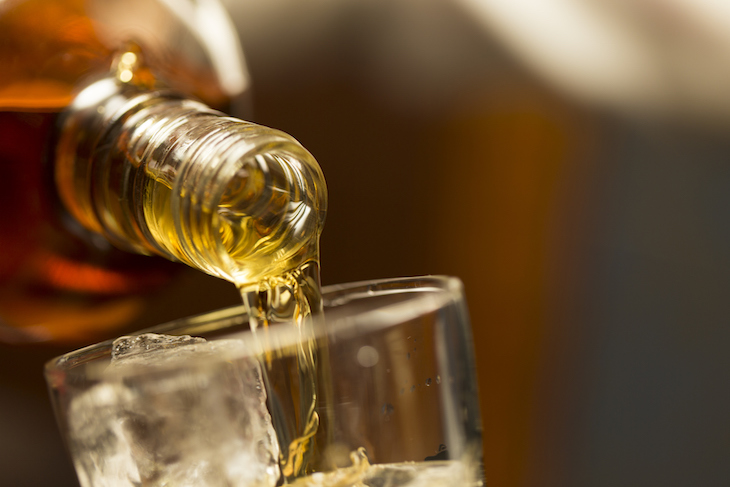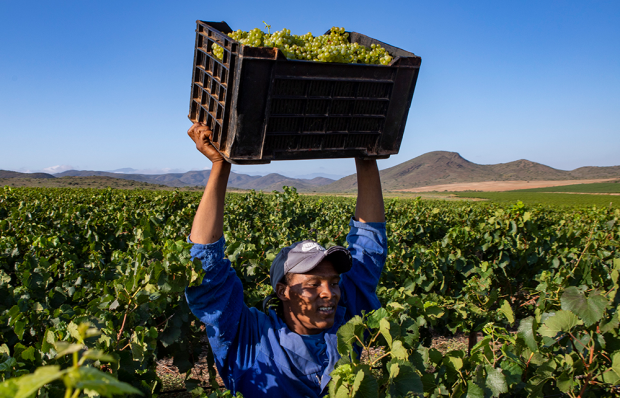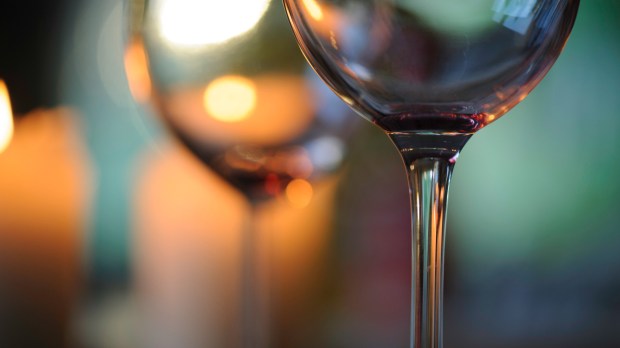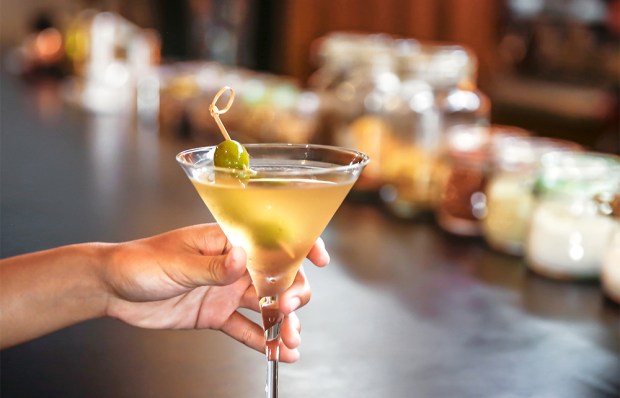‘What seas what shore what grey rocks what water lapping the bow’. So evocative, which seems strange: one would have assumed that Eliot would have been seasick crossing the Channel. Yet he understood the gentle little tides — and also the beauty and the fear, the other-worldliness, the implacable grandeur, of the great waters’ vast dominions. In these islands, throughout the centuries, men have earned their bread from the sea. But it was rarely an easy harvest. The ‘-Mingulay Boat Song’ captures the perils of the quest. ‘When the wind is wild with shouting/And the waves mount ever higher/ Anxious eyes turn ever seaward/ Wives are waiting, since break of day/ To see us home, boys, to Mingulay.’ Not all those boys made it home.
I was thinking of this while drinking Kilchoman whisky, Gaelic Scotland’s latest gift to civilisation. On the island of Islay, is Machir Bay, one of the most beautiful beaches in the United Kingdom. The scenery is superb, the water enticing and apart from seabirds’ cries, it is usually deserted: the sort of place where you feel resentful if the binoculars pick out another picnicker. A beautiful day in May: turquoise water: irresistible. Divest yourself of clothing, run in, keep running — bloody hell, where is the Gulf Stream when you need it? A brief immersion, then rush out and glory in the invigoration, especially if you have packed a hip flask.
In future the beach may not be so empty. Half a mile away, there is a distillery, which produces Kilchoman. It was established by Anthony Wills of the Bristol tobacco family. With such a pedigree, it was natural that his commercial horizons should lie to the West, especially as his wife’s family came from Islay. Magnetic pull, mysticism, tradition — were all re-inforced by technique.
The mightiest Islay whiskies have always had peat at their core. It might seem excessive to compare this to the fugal passage in the slow movement of the ‘Eroica’, the greatest symphonic music of all, but I remember drinking an ancient Ardbeg, than which there is no finer whisky, with the windows open to the West and ultima thule, to that accompaniment. It was as if the two art works were saluting one another, like the flagships of allied powers, in the days when those vessels would have been 40,000-ton battleships.
Peat is not to every taste, especially when accompanied by strong notes of iodine and seaweed. A few years ago, bad times struck and Ardbeg itself was mothballed (there is a horrifying parallel with the Royal Navy’s current impoverishment). But matters have improved. The whisky market has expanded and peat is back in fashion. Ardbeg is once again resplendent; there is talk of recommissioning long-defunct distilleries and Kilchoman has been launched to general acclaim: the first new distillery on Islay for 124 years. The Willses knew what they wanted to achieve: a harmony of peat and sweetness. So they use Bourbon and Oloroso barrels to ensure lighter, fruity notes, while also malting most of their own barley at Rockside farm.
I tried their Machir Bay, the most generally available, and was immensely impressed, especially when I learned that it was only six years old. Whisky only ages in barrels, and malts are normally reckoned to require at least ten years. That has an obvious drawback; ten years is a long time to wait for cash flow. But Kilchoman seems to have found an answer. As they are already winning golden opinions while producing only 200,000 litres a year, it is to be hoped that they will hold back a few barrels to see how it matures.
I ought to introduce a note of caution because I drank it after a good dinner. Even so, I am confident that Kilchoman is not a good whisky. It is a great whisky: a magnificent addition to the symphony of Scottish malts. It is pleasant to note that something is going well in the world.
Got something to add? Join the discussion and comment below.
Get 10 issues for just $10
Subscribe to The Spectator Australia today for the next 10 magazine issues, plus full online access, for just $10.
You might disagree with half of it, but you’ll enjoy reading all of it. Try your first month for free, then just $2 a week for the remainder of your first year.















Comments
Don't miss out
Join the conversation with other Spectator Australia readers. Subscribe to leave a comment.
SUBSCRIBEAlready a subscriber? Log in